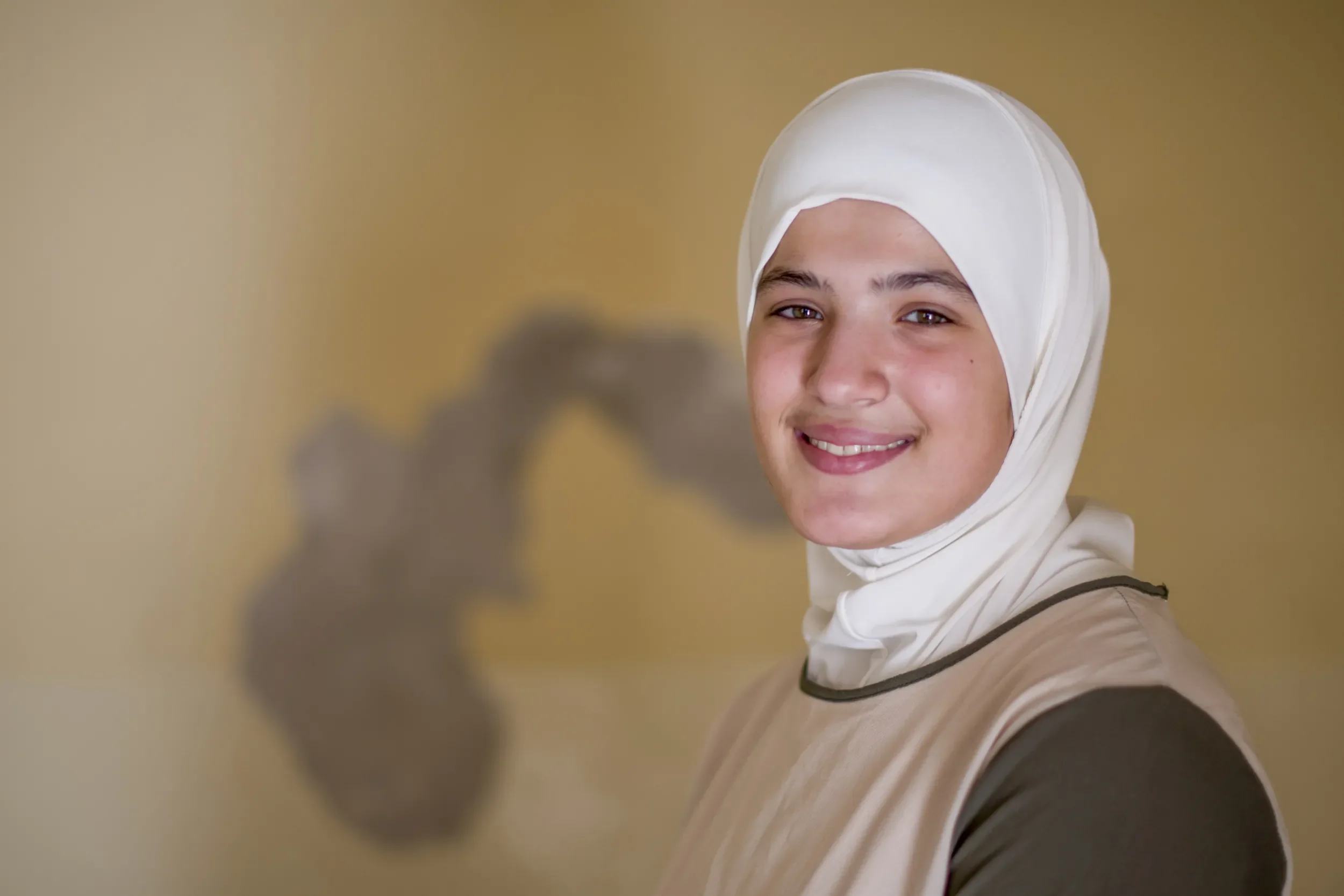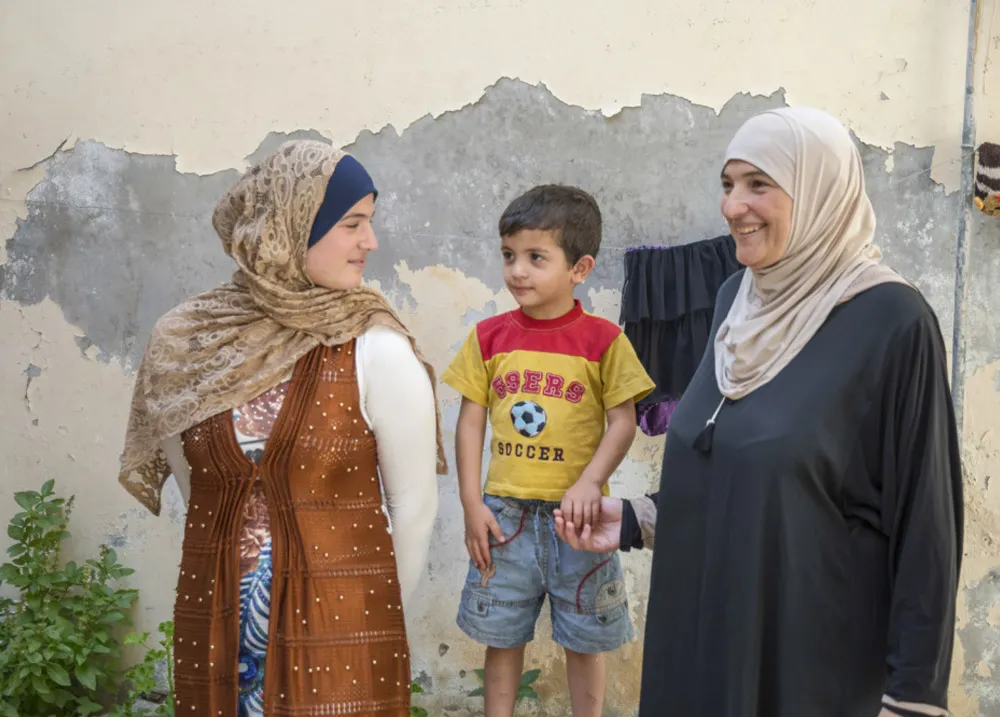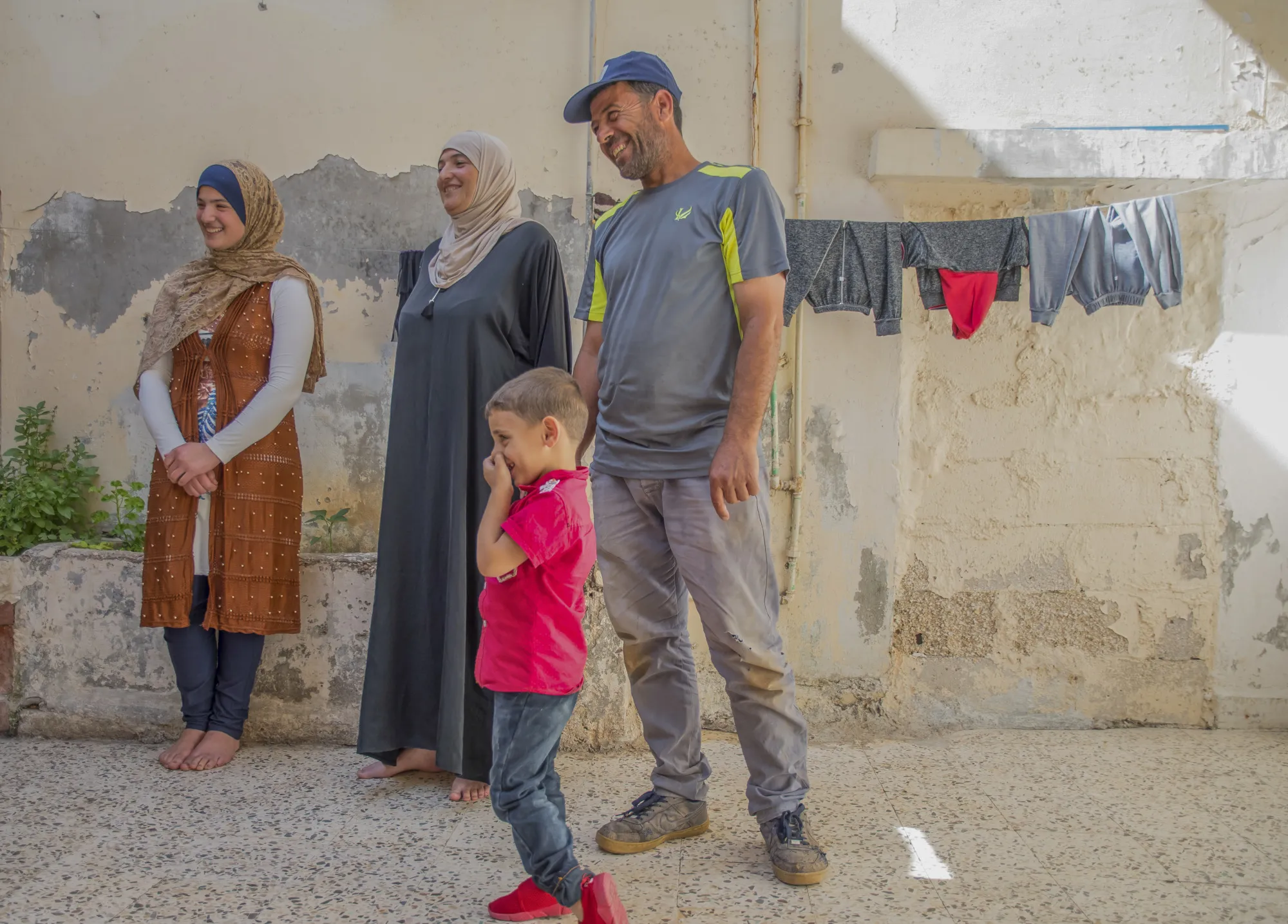Life had become almost unrecognizable for Marwa. Her family, like many other Syrians, once enjoyed a stable, middle-class life. Her father drove a firetruck and the family owned a home and a car. But when the war began in 2011, Marwa and millions of other Syrians were caught in the middle. At the time, her family was living in eastern Ghouta, a Damascus suburb that captured the world’s attention last spring when intense fighting, including a chemical attack, devastated the area and its people. The fighting led to the family’s ongoing displacement within Syria. At one point, her younger brother became severely ill. He was diagnosed with hepatitis and, with limited medical care available, he died. Five years ago, they made the decision to leave Syria.
“We gave ourselves false hope that this war will end today, or tomorrow, and that we’ll return home,” Marwa’s mother, Fayza, says through tears. “But it lasted for longer than expected. One day my three children were crying in a corner for fear of the loud bombing, begging me and their father to leave, so we left.”
When I saw girls going to school, I felt upset because I could not go.
They fled to Jordan and settled in Baqa’a, a neighborhood on the outskirts of Amman that emerged in 1967 as Jordan’s largest camp for Palestinian refugees and is now home to a diverse population. They live in a one-story duplex down a small passage off a narrow, busy street. The paint is peeling off the walls of the living room, where a television sits on a stand in the corner.
Life as refugees in a distant land has been difficult for Marwa and her family. Fayza found work when they first moved to Amman, but it was not enough to meet their needs.
“I had some gold jewelry, which I sold to pay rent and buy basic household items,” she says. Diabetes and high blood pressure keep her husband from working. Marwa went to work instead, and that meant she didn’t go to school.



